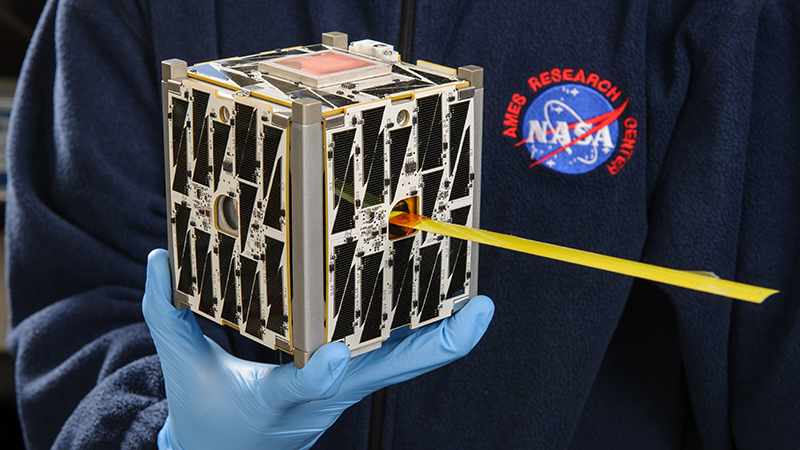Stay Up to Date
Submit your email address to receive the latest industry and Aerospace America news.
When an Indonesian bank wanted to provide secure online banking to its customers across more than 13,000 islands, it launched its own communications satellite into geosynchronous orbit last year rather than renting a service to cover the 3,000 kilometer service expanse.
The satellite, called BRIsat, short for Bank Rakyat Indonesia, is the first communications satellite dedicated to the activities of a bank, according to the Space Foundation advocacy group in Colorado Springs. The bank judged that it would cost more to pay a different company to relay signals through satellite transponders and ground station. The Space Foundation cites this example in its “Space Report 2017: The Authoritative Guide to Global Space Activity,” to underscore the variety of corporate strategies in the growing private space sector.
The report covers the 2016 calendar year and was released this month for sale on the company’s website. A summary released by the Space Foundation shows that revenue in the global space economy grew slightly last year to $329 billion, compared to $323 billion in 2015. The vast majority of the revenue, $253 billion or 76 percent, came from commercial space activities, including spacecraft manufacturing or satellite services including communications. The Space Foundation, well known for organizing the annual Space Symposium in Colorado, gathered statistics from sources including corporations and governments as it has done for each year since it first published the report in 2006.
Efforts by SpaceX and Blue Origin to reuse rockets or at least components are beginning to spur lower prices for launches among companies trying to stay competitive, according to the report. Companies also are launching satellites that are smaller than the traditional bus-sized models. Smaller satellites can be launched en masse aboard fewer rockets without waiting to schedule multiple launches, Micah Walter-Range, the director of research and analysis at the Space Foundation said during an event held to release the report’s key findings.
The growing demand for satellite services can be seen by the rise of small satellite ventures such as San Francisco-based Planet, Walter-Range said. In February, Planet launched 88 satellites, called Doves, to complete its goal of erecting a constellation of 149 satellites to image all of Earth’s landmasses daily.
Another example would be the broadband constellations proposed separately by Boeing and SpaceX of Hawthorne, California.
“Space is being seen as this new, largely untapped resource of data,” Walter-Range says of the corporate demand to access more satellite services.
Global commercial space products and services including telecommunications and Earth observation generated $126.62 billion in revenue in 2016, which the Space Foundation report said was “essentially unchanged” from 2015.
Commercial infrastructure and support industries including spacecraft manufacturing and launch services boosted its revenue by 5.3 percent in 2016 for a global total of $126.26 billion, the Space Foundation reported.
Walter-Range discouraged the buzzword “New Space” that could mislabel certain commercial activity, and said the think tank tried to avoid double counting commercial and government space activity in the study by clearly distinguishing the two sectors.
The Space Foundation’s findings followed a separate analysis in July that highlighted growing demand for commercial launches of small satellites.
According to the U.S. and Paris offices of Euroconsult, commercially flown rockets could launch the majority of an estimated 6,200 smallsats expected to reach orbit between 2017 and 2026, provided large constellations proposed by SpaceX and others are approved by regulators.
Launch services are expected to generate $14.5 billion between 2017 and 2026 as the space industry grows, a 76 percent increase over the previous decade, according to the study, “Prospects for the Small Satellite Market.”
Euroconsult analyzed global supply and demand for government and commercial satellites up to 500 kilograms.
“Space is being seen as this new, largely untapped resource of data.”
Micah Walter-Range of the Space Foundation
About Tom Risen
As our staff reporter from 2017-2018, Tom covered breaking news and wrote features. He has reported for U.S. News & World Report, Slate and Atlantic Media.
Related Posts
Stay Up to Date
Submit your email address to receive the latest industry and Aerospace America news.




